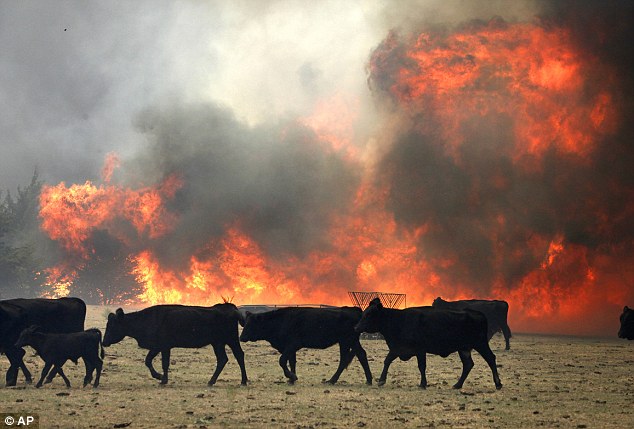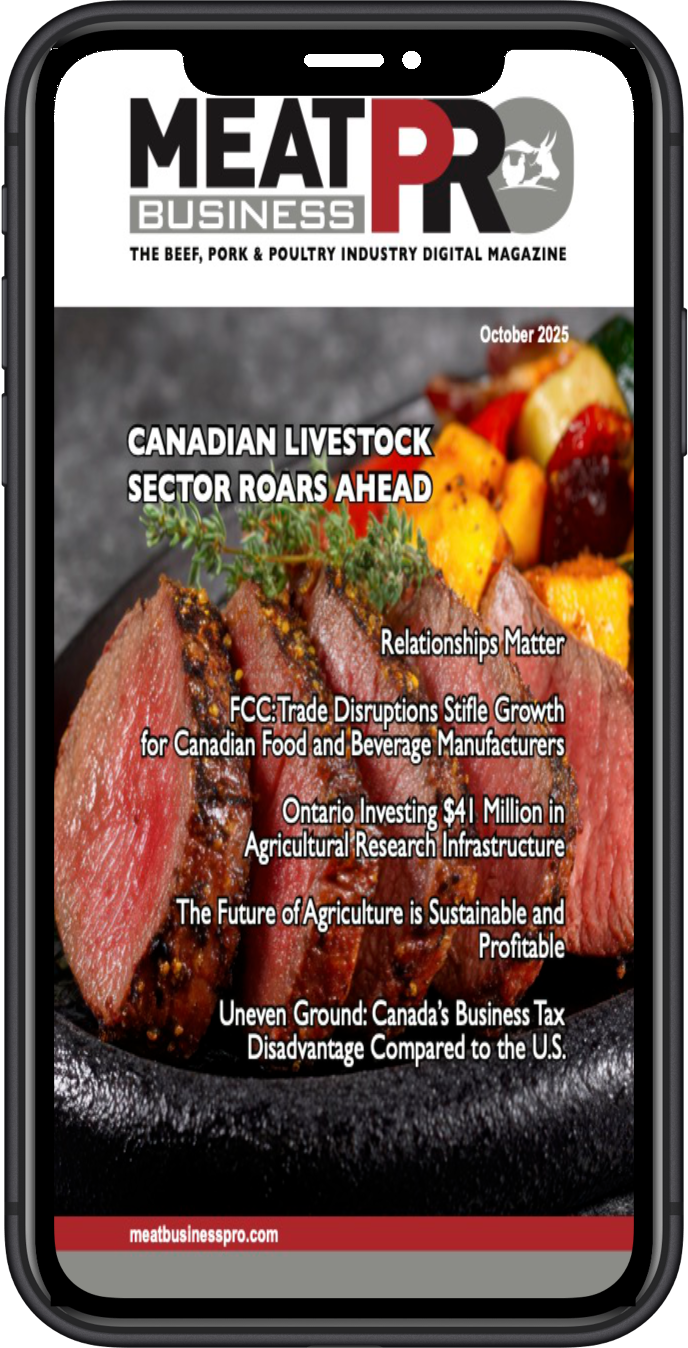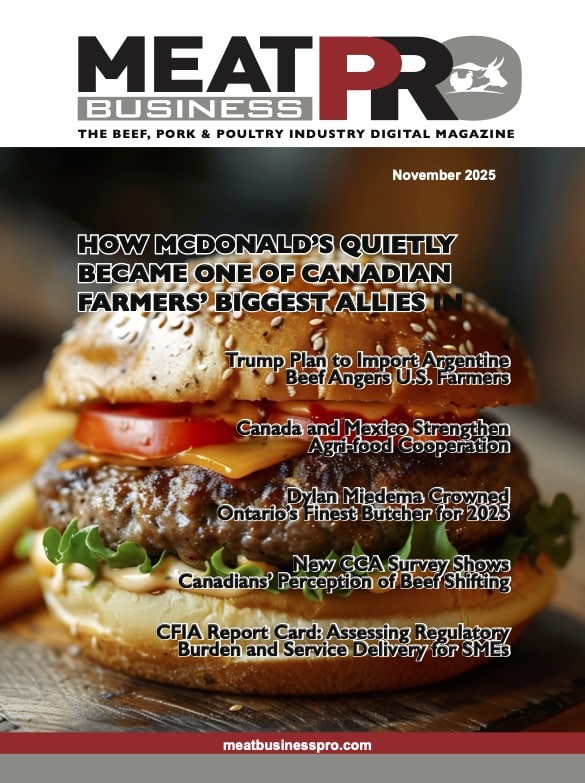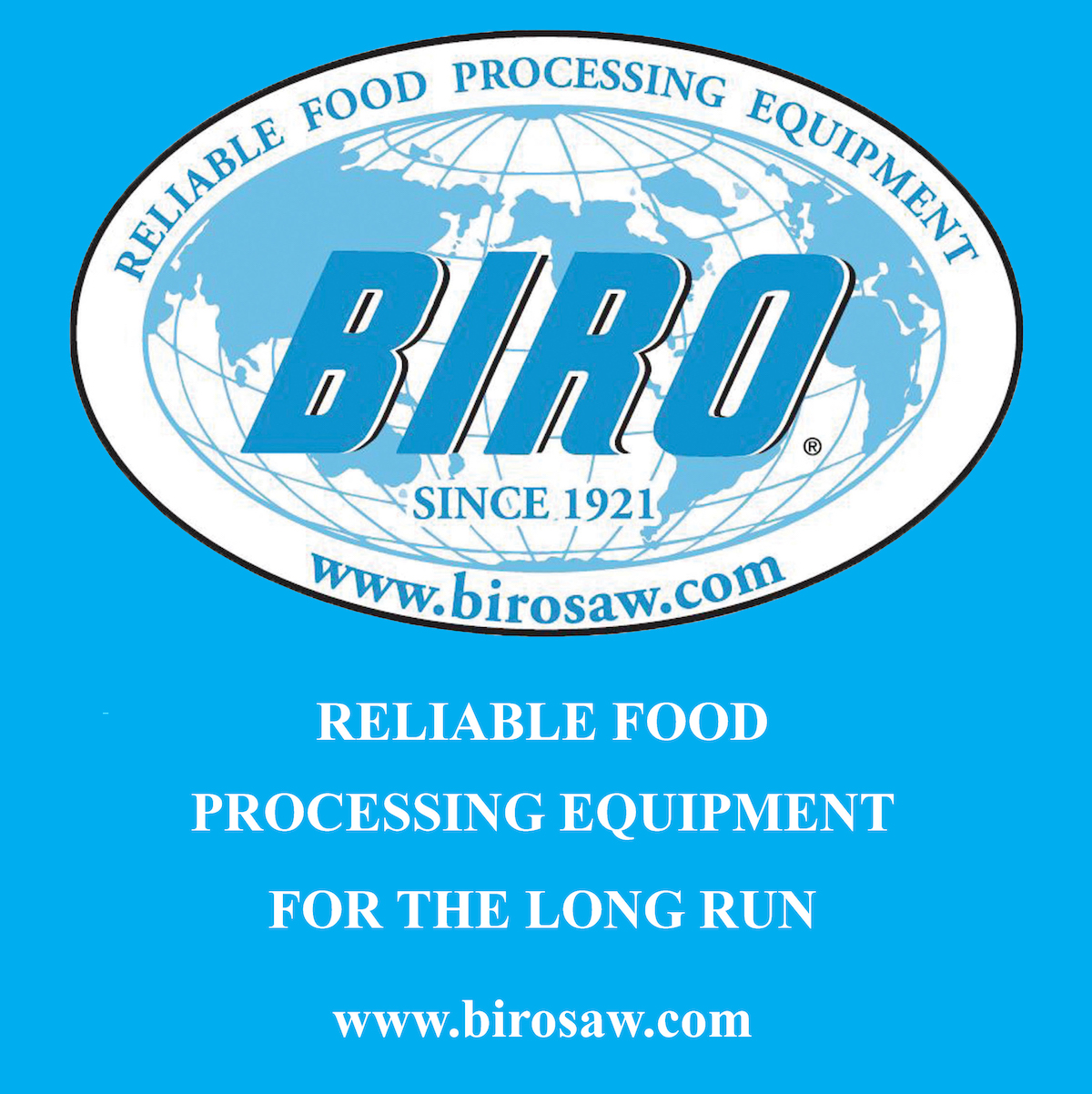Managing Livestock Under Smoky Conditions

As wildfires continue to affect parts of the province and Western Canada, producers may face respiratory health challenges in their livestock from extended periods of low-level smoke inhalation
While there’s no way of escaping it, there are several practices producers should consider when managing livestock under these conditions.
Care should be taken to reduce stress wherever possible, as smoke inhalation will impose stress on an animal. As stressors compound, the likelihood of illness increases. At the most basic level, ensure adequate, good-quality feed, water and mineral provisions are available to livestock to help maintain their body condition score and protect immune function.
Producers should also avoid moving, processing or over-exerting livestock unless necessary during especially smoky conditions as it may put undue stress on respiratory systems. In cases where this cannot be avoided, or sick livestock must be treated, practise low-stress handling techniques or consider using a remote drug delivery device.
Veterinary Intervention
Dr. John Campbell, Director of the Disease Investigation Unit with the Western College of Veterinary Medicine, describes various veterinary intervention strategies that could help reduce risk of respiratory disease during smoky conditions:
Are there any vaccines or vaccine protocols that livestock producers should consider using to mitigate the risk of respiratory illness caused by smoke?
We don’t have a lot of good scientific information on the impacts of wildfire smoke and respiratory disease. It’s important to differentiate that I am referring to situations where livestock are exposed to wildfire smoke but are not actually in a situation where they are in a wildfire. Unfortunately, some Western Canadian veterinarians have had to deal with herds that have been impacted by severe fires. These livestock may suffer from severe smoke inhalation and burns, which can have dire consequences. Work done in dairy cows in the United States showed a significant drop in milk production in cows exposed to particulate matter associated with wildfire smoke. It’s fair to assume the same would happen in beef cattle and other livestock in Saskatchewan. Milk production seemed to improve in approximately one week following smoke exposure. The study also showed some impacts on hemoglobin levels and some inflammatory markers.
Any particulate matter that irritates the respiratory tract could increase the risk of respiratory disease or a secondary respiratory infection. Following the recommendations of your veterinarian for your vaccination protocol, which is designed to minimize respiratory disease due to common bacteria and viruses livestock are exposed to would be recommended. These vaccines for beef cattle include IBR virus, BVD virus, BRSV virus, all of which are considered core vaccines for beef cattle in Canada. They might also include vaccination for respiratory bacteria including Mannheimia hemolytica and Pasteurella multocida.
Wildfire season is usually accompanied by drought. Are there any other vaccines producers should consider using for diseases exacerbated by drought?
Drought conditions can be associated with soil exposure, thus soil-borne diseases like anthrax may become a greater risk. This is one vaccine producers experiencing drought should consider adding to their regimen. Blackleg, another soil-borne disease, also becomes a greater risk, but is typically already a part of most core vaccination programs. If it isn’t, I would consider adding this one as well. All animals should be vaccinated yearly for clostridial disease regardless of weather conditions.
Are there any specific illnesses producers should be on the lookout for in their livestock as a result of respiratory challenge from wildfire smoke?
Producers might notice an increase in the likelihood of respiratory disease in animals exposed to smoke and particulate matter. The study mentioned above notes a drop in milk production, thus it might be possible that calf growth rates would be lower in beef cows exposed to wildfire smoke.
Emergency Preparedness
For livestock producers in an area at risk of being affected by wildfire, or any future disasters, having an emergency plan in place ahead of time is key in ensuring a fast response to get themselves and their livestock to safety. A Premises Identification number (PID) is the first step in this process. Having a PID enables emergency response agencies to quickly identify, locate, and contact operations within an evacuation area to ensure they have time to get to safety and are provided with information as a situation progresses. All livestock owners in Saskatchewan are able to register for a PID at no-cost through the Government of Saskatchewan’s Premises Identification Portal, or by calling 1-866-457-2377. Other emergency preparedness plans should include procedures for livestock, water, feed, and grain transport, veterinary clinic contacts, and contacts with livestock holding facilities (intensive lots, feedlots, local fairgrounds, pastures with holding capacity, etc.).
For more information on management strategies or other livestock-related questions, please contact your regional livestock and feed extension specialist, or the Agriculture Knowledge Centre at 1-866-457-2377.













